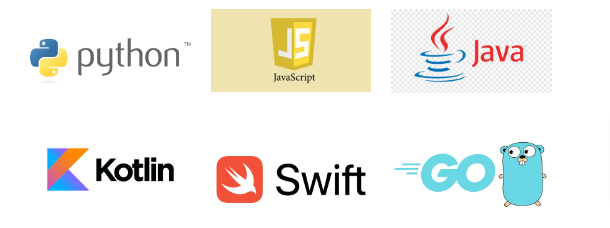Next.js is like a turbocharger for React web development. It takes care of all the boring technical stuff behind the scenes, so you can dive straight into crafting amazing websites and apps without getting bogged down in configuration headaches. Whether you’re a lone coder or part of a big team, Next.js supercharges your projects, making them interactive, dynamic, and lightning-fast. Say goodbye to tedious setup and hello to building awesome stuff with ease!

- Routing: Next.js offers a file-system based router that supports layouts, nested routing, loading states, error handling, and more, simplifying navigation in your application.
- Rendering: It provides both Client-side and Server-side Rendering with Client and Server Components, optimized further with Static and Dynamic Rendering on the server. Additionally, it supports streaming on Edge and Node.js runtimes for enhanced performance.
- Data Fetching: Next.js simplifies data fetching with async/await in Server Components. It extends the fetch API for features like request memoization, data caching, and revalidation, making data handling more efficient.
- Styling: You can style your Next.js applications using your preferred methods, whether it’s CSS Modules, Tailwind CSS, or CSS-in-JS, offering flexibility in styling approaches.
- Optimizations: Next.js includes optimizations for images, fonts, and scripts to improve your application’s Core Web Vitals and overall user experience, ensuring faster load times and smoother interactions.
- TypeScript: It offers improved support for TypeScript, featuring better type checking and more efficient compilation. Additionally, it provides custom TypeScript Plugins and type checker to enhance development with TypeScript.
Unraveling Web 3.0: Web 3.0 represents a paradigm shift towards a more decentralized and user-centric internet. At its core, Web 3.0 leverages blockchain technology and decentralized protocols to enable peer-to-peer interactions, data ownership, and trustless transactions. It promises to redefine the way we interact with the web, fostering a more transparent, secure, and inclusive online ecosystem.
The Intersection of Next.js and Web 3.0: The integration of Next.js with Web 3.0 principles presents exciting opportunities for developers to build decentralized applications (DApps) and blockchain-powered experiences. By leveraging Next.js’ powerful features such as server-side rendering and data fetching, developers can create immersive front-end interfaces for interacting with decentralized networks. Additionally, Next.js’ support for TypeScript and various styling methods complements the development of robust and visually appealing DApps.
Key Features and Benefits:
- Seamless Integration: Next.js provides a seamless integration with Web 3.0 technologies such as Ethereum, IPFS, and decentralized identity solutions, enabling developers to leverage the full potential of decentralized networks.
- Enhanced Performance: With Next.js’ optimized rendering mechanisms and Web 3.0’s decentralized architecture, developers can deliver faster and more responsive applications, improving user experiences across the board.
- Data Privacy and Security: By harnessing the cryptographic principles of Web 3.0, Next.js applications can offer enhanced data privacy and security, empowering users to have greater control over their personal information and digital assets.
- Interoperability: Next.js facilitates interoperability with various blockchain protocols and smart contract platforms, enabling developers to build DApps that seamlessly interact with different decentralized networks.
Case Studies: Several real-world projects exemplify the synergy between Next.js and Web 3.0. Projects like Decentraland, a virtual reality platform powered by Ethereum, utilize Next.js for building immersive front-end experiences that interface with decentralized blockchain networks. Similarly, decentralized finance (DeFi) applications built on Next.js benefit from its robust architecture and performance optimizations, offering users seamless access to decentralized financial services.
Conclusion: As we embark on the journey towards Web 3.0, the convergence of Next.js and decentralized technologies heralds a new era of web development. By combining the flexibility and productivity of Next.js with the principles of decentralization and trustlessness, developers can create innovative and inclusive applications that redefine the way we interact with the internet. As we continue to explore the possibilities of this symbiotic relationship, the future of web development looks increasingly decentralized, transparent, and user-centric.


